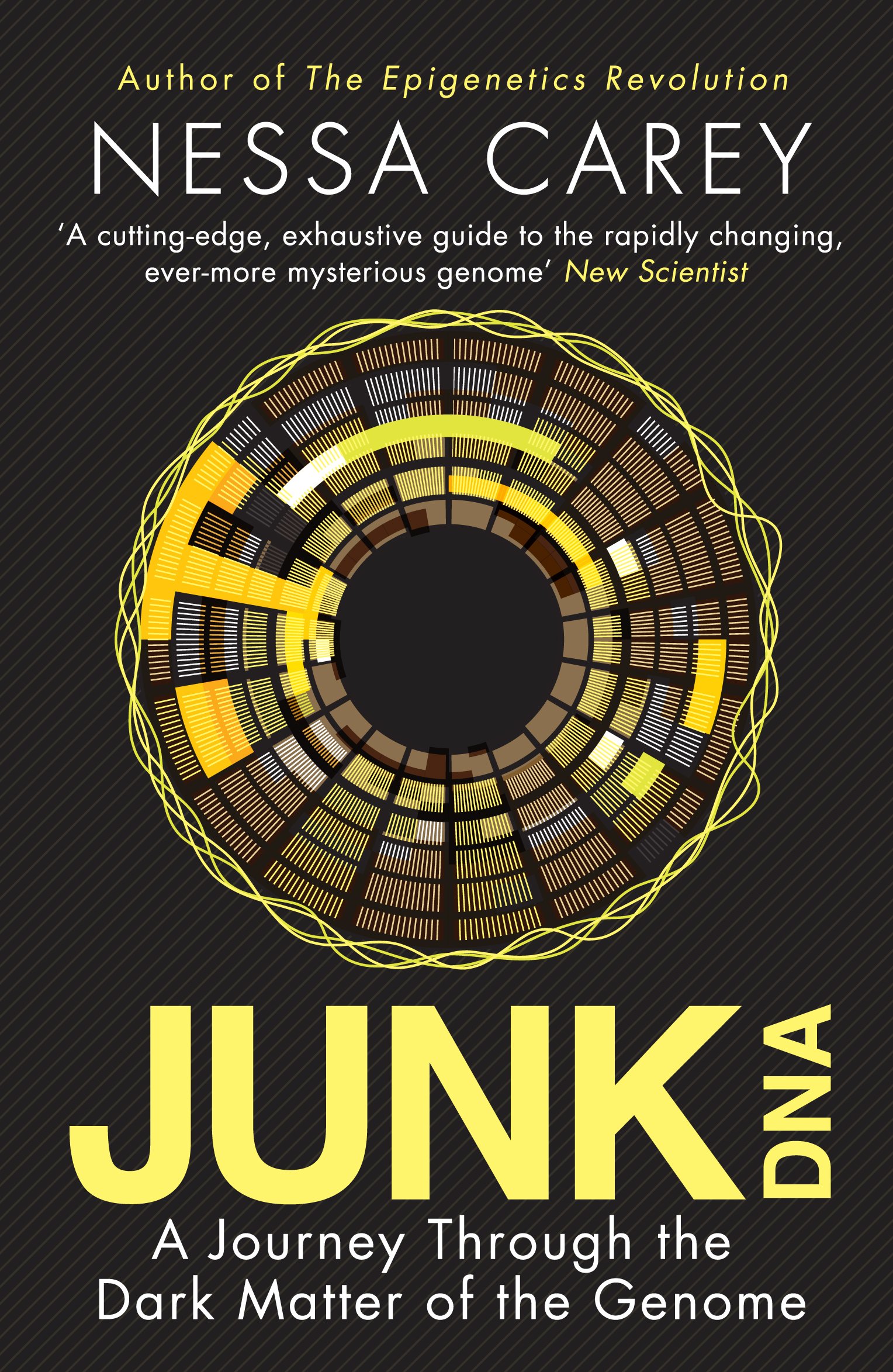Junk DNA
by Nessa Carey
2020-09-06 19:23:41
An exploration of the once-ignored portion of our DNA and the role it plays in our bodies, from the author of The Epigenetics Revolution. For decades after the identification of the structure of DNA, scientists focused only on genes, the regions of t...
Read more
An exploration of the once-ignored portion of our DNA and the role it plays in our bodies, from the author of The Epigenetics Revolution. For decades after the identification of the structure of DNA, scientists focused only on genes, the regions of the genome that contain codes to produce proteins. Other regions that make up 98 percent of the human genome were dismissed as "junk," sequences that serve no purpose. But researchers have recently discovered variations and modulations in this junk DNA that are involved with several intractable diseases. Our increasing knowledge of junk DNA has led to innovative research and treatment approaches that may finally ameliorate some of these conditions. Junk DNA can play vital and unanticipated roles in the control of gene expression, from fine-tuning individual genes to switching off entire chromosomes. These functions have forced scientists to revisit the very meaning of the word “gene” and have engendered a spirited scientific battle over whether or not this genomic “nonsense” is the source of human biological complexity. Drawing on her experience with leading scientific investigators in Europe and North America, Nessa Carey provides a clear and compelling introduction to junk DNA and its critical involvement in phenomena as diverse as genetic diseases, viral infections, sex determination in mammals, and evolution. We are only now unlocking the secrets of junk DNA, and Nessa Carey's book is an essential resource for navigating the history and controversies of this fast-growing, hotly disputed field. “Engaging, informative, and humorous.”—Sharon Y. R. Dent, University of Texas MD Anderson Cancer Center “A cutting-edge, exhaustive guide to the rapidly changing, ever-more mysterious genome.”—New Scientist
Less
































